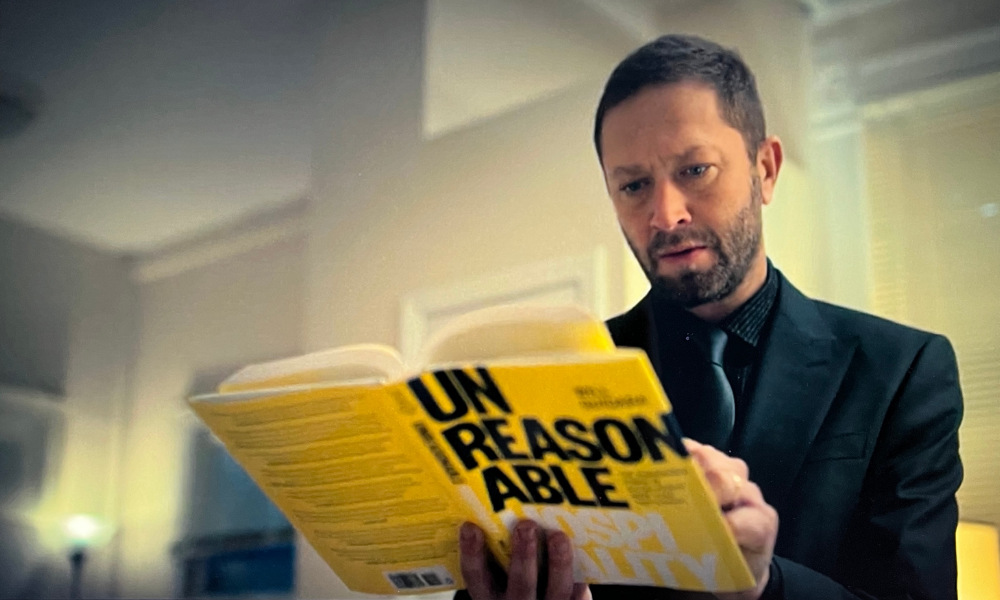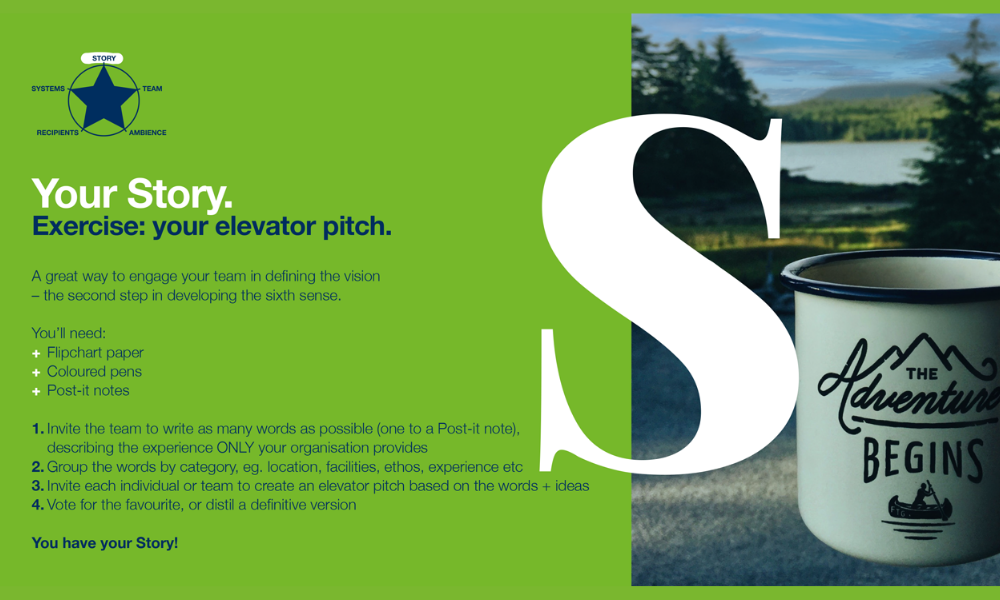The Show also saw the launch of SS+A’s Ambience Playbook, a how-to guide with a mission to help cultural organisations improve their ability to maximise visitor engagement and revenue.
In part one of this series, I talked about my personal obsession with the concept of productivity: whilst it is a word, and an idea, that politicians, economists, and journalists love to use and debate (and lament over); in my experience, productivity is about engaged people doing meaningful work that creates forward momentum towards a set of objectives – be they mission, vision, financial or other. The development of the Ambience Playbook draws on over 30 years’ of my personal experience of wrestling with the Rubiks-like array of factors that may or may not deliver (or impede) success. It is a conundrum faced by leaders in the sector on a daily basis – if you don’t believe me, just look at any of the excellent articles by the Secret Museum Director.
Since this obsession has developed over such a long period of time, I sometimes worry that I may be sounding like a broken record. I have something new to share, however: I have recently read a truly inspirational and thought-provoking book, which in turn reflects a true story; and in a case of art imitating life, partly inspires the Disney+ hit TV series The Bear.
The book is called Unreasonable Hospitality, and is written by Will Guidara, the former co-owner of 11 Madison Park, a restaurant that with his chef partner, Daniel Humm, he leads to the accolade of “The Best Restaurant in the World”. Although this last piece of information might be seen as a spoiler, in this book it genuinely is a case of the journey being more important than the destination.

I became aware of the book thanks to a client who is smart enough to be looking outside of her sector for inspiration and ideas to maximise the effectiveness of a product-led visitor experience. On reading it, I was immediately reminded of another client, who runs a museum and avidly looks to the hospitality sector for inspiration concerning the ideal Visitor Experience; that will differentiate the institution from its peers.
Although I only heard of Will Guidara and 11 Madison Park recently, I was fortunate enough to meet one of his mentors, the legendary New York restaurateur Danny Meyer a number of years ago. Meyer created a hugely successful collection of restaurants, via his Union Square Hospitality Group, and via his concept of “enlightened hospitality”, many are among the most beloved establishments in New York, including The Modern at MoMA. It so happened that, having heard him speak about the concepts at a customer experience conference in Glasgow, Danny and I met in a now-defunct Gordon Ramsay restaurant in that city, which, (as Ramsay later admitted) did not deliver enlightened hospitality on that or possibly many other nights.
So what has all this to do with our sector, let alone with the concept of Ambience? Guidara’s story is a powerful and detailed case study of what it takes to achieve world-class excellence; balancing, in this case, the traditional focus on the food, with the less traditional concept of making the front of house experience world-class too. In case it isn’t clear, that means re-visiting many conventions of hospitality and reinventing them, if they do not enhance the customer’s experience. Importantly, Guidara makes it clear that the party that dictates whether or not the customer’s experience has been enhanced is the customer themselves. As he says: “In their perception is our reality”.
Again, to make clear where I’m going with this, the relevance of the “unreasonable hospitality” concept to our sector is not limited to the café, tearoom, restaurant, or even retail experience. The balance that Guidara and Humm were managing was the equivalent of the balance between say, the museum’s curator-led mission and all that proceeds from it, and the front of house delivery of that mission. As one of my own late mentors, Deborah, Duchess of Devonshire was fond of saying, the toilets are every bit as much part of the experience as the art on the walls, and the furniture in the rooms at Chatsworth. It has never made sense to me that anything in the Visitor Experience should be of lesser quality than the collections themselves, according to relevant benchmarks.
I therefore commend this book to you; however, there are two more lessons I would like to draw out: the first is that the critical factor in achieving a successful delivery of the core experience, supported by an equally excellent front of house experience, is ultimately the engagement of the team. Guidara is very honest in describing how at various stages he made significant errors in his approach to this, but I believe he never lost sight of the fact that his team had to be as passionate about the concepts as he and Humm were, and to achieve this, they (the team members) needed to be fully involved in shaping the experience. His approaches to capturing and channelling latent potential for team members to become world-class exponents in, for example, cocktails or coffee, is highly instructive, and could be adopted by any leader.

The second lesson relates to an essential component of the Ambience Playbook: here we define the five elements that require single-minded attention if an excellent visitor experience is to be delivered, consistently and sustainably. The model is called STARS and the first S stands for Story: the story we tell the world about our organisation’s mission, and the story we tell ourselves about our vision. It is also the story that we call the elevator pitch or value proposition; in other words the story that determines who will be attracted to visit and what they will be expecting from their visit.
In the case of 11 Madison Park, the story that Guidara and Humm told themselves, their team, and ultimately, their customers, is that they would be regarded as the best restaurant in the world. Interestingly, taking the attitude and approach of jazz innovator Miles Davis as their inspiration, they identified, via a team strategy day, 11 key words that would guide the restaurant on its journey – from “cool” to “adventurous”, via “endless reinvention”. The power of this journey, however, also contains a warning: as the cycle of endless reinvention eventually takes the business, and the experience, away from its core mission. This, for want of a better description, process of overcomplication leaves its leaders, facing a new challenge: to rediscover 11 Madison Park’s essence and strip the experience down to deliver that, authentically and consistently.
As I write this, I can think of many parallels in the museums and heritage world. Could the siren call of “immersive experiences”, generally powered by technology, as well as the challenges of being genuinely inclusive and accessible (not to mention, sustainable), risk our institutions losing sight of their core story – which is whatever will attract, entertain, and educate, the greatest proportion of the natural audience for our collections?
Perhaps, if I’ve encouraged you to go out and read Unreasonable Hospitality, we’ll meet again on the other side, with a focus on how to manage this balance. The goal after all, is to remain as relevant as possible, to the widest possible audience, whilst maintaining and renewing our authentic core, and doing it all in a financially sustainable way. This above all is the primary duty of every museum leader, and it is the duty of every museum advisor to support that process.
For a free copy of the Ambience Playbook, go here.








